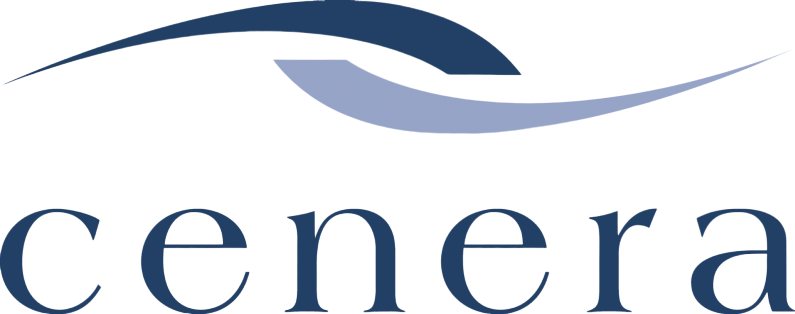Stabilizing and Sustaining Your Remote Team
Stabilizing and Sustaining Your Remote Team
On June 12, stage 2 of Alberta’s relaunch strategy rolled out, allowing more businesses to reopen and resume operations. Still, many companies are rethinking workplace landscapes, productivity models and employee schedules. Over the past few months at home, former office dwellers faced an unprecedented test: Can remote work really work? Despite a few bumps along the way, many passed, proving that working from home works and business can get done in and out of the office.
As leaders shift their focus onto if and when they will be returning to the workplace, now is the time to reflect on how well your remote team coped amid COVID-19. With this knowledge, you’ll be better prepared to triage problems, create stability and invest in sustainable solutions.
Based on years of research and recent interviews with company leaders, Harvard Business Review developed the following model to help companies take stock of their teams and how they function in crisis. The model consists of three: triage, stabilization, and long-term care.
Triage
When a crisis hits, identify the most critical task and people-related problems that pose an immediate threat within teams and across them.
Within Teams:
Task: Are the team’s objectives or work no longer relevant or at odds with reality?
Provide a summary of each team’s purpose and task.
Assess how changes will impact company projections and affect constraints.
Ask yourself, is this team critical right now?
What adjustments are needed to align the team’s work within the current context?
Does the team’s scope, outcomes and timing still make sense?
People: Is the team’s interpersonal foundation cracked?
Evaluate team culture and dynamics.
Is there disagreement about the team’s mandate or core priorities?
Are work-related differences becoming personal?
Are employees disengaging and withdrawing?
Are team members being pressured to conform or holding back due to a lack of psychological safety?
Across Teams:
Task: Are teams being staffed in an ad-hoc, uncoordinated manner?
When a crisis hits, leaders must move fast, which can cause potentially unsustainable role changes.
Take inventory of your employees. How many teams and/or clients are they working on? Has that number increased or decreased?
Who is responsible for assigning members to teams and tasks? Are they considering people being on multiple teams?
Look for the star players who are being pulled onto competing functions and priorities.
Also, look for employees who are currently experiencing excess capacity and can support overstretched teams.
People: Is being on multiple teams creating unreasonable difficulties for some individuals?
Find out who is struggling to keep up and why.
Are they staffed on too many teams to keep focus?
Are they finding it challenging to prioritize various objectives and tasks?
Are meetings overtaking their schedule?
Are they finding it difficult to keep up with communication channels and expectations?
Stabilization
Once you’ve completed the triage phase and identified critical issues, it’s time to create a plan to stabilize your team and mitigate the most pressing problems.
Does your team’s work need to be shifted to create value in the current environment?
Do you need to address toxic or hostile team dynamics?
Is it time to restructure your team or adjust roles to relieve their cognitive and emotional load?
Do you need to set new norms and expectations around communication channels and workplace tools?
Long-Term Care
It’s important to remember that as we move forward into what many have dubbed the ‘new normal,’ change is going to be inevitable. Strong team leaders recognize that as workplace settings and dynamics continue to shift, triage and stabilization will be part of an ongoing process.
While it is true that few companies have reached the long-term care phase of this crisis, leaders are encouraged to start thinking about how they can lay the foundation for sustainable success, no matter where you’re working.
Navigating change is never easy, especially if you feel like you’re doing it alone. If you’re looking for a professional partner, guide, and catalyst for smart decision-making, Cenera’s Strategic Coaching may be right for you. To learn more or to get started, please contact Glenn Tibbles today.
Let’s Connect
Never miss an update, click here to subscribe to our monthly newsletter.
Plus, follow us on LinkedIn!
Share This Story, and Choose Your Platform!

